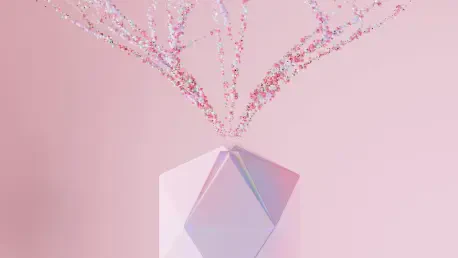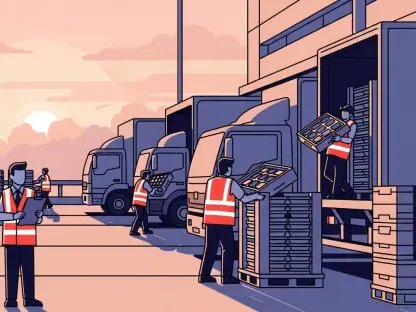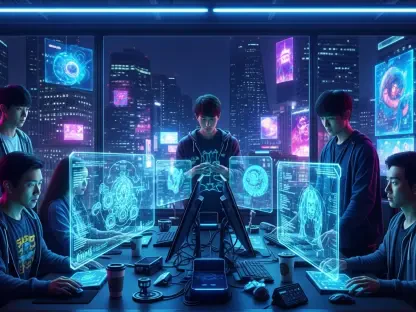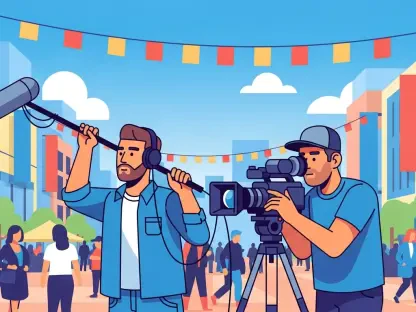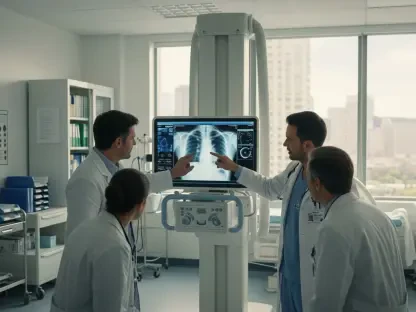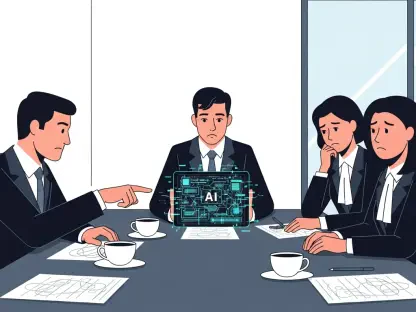In a world where a single typed phrase can conjure up a masterpiece, AI image generators like Midjourney and DALL·E have captivated millions with their ability to transform words into breathtaking visuals, yet something as simple as requesting “a dog without a tail” often results in an image of a pup proudly wagging one. This jarring disconnect between expectation and result isn’t a rare glitch—it’s a persistent flaw in tools that seem otherwise revolutionary. How can technology capable of rendering intricate fantasy landscapes fail at the most basic instructions? This paradox lies at the heart of a growing conversation about the limits of artificial intelligence in visual creation.
The Paradox of Beauty and Blunder
The significance of this issue extends far beyond a quirky error in a pet portrait. As AI image generators become integral to industries like advertising, education, and entertainment, their missteps can distort intended messages, reinforce harmful stereotypes, or erode trust in automated systems. A misinterpreted prompt might seem trivial in a personal project, but when used in professional contexts, such errors can have real consequences—think of a marketing campaign misrepresenting a product due to AI’s inability to follow simple directions. Understanding and addressing these shortcomings is crucial as society increasingly relies on these tools to shape visual communication.
Unveiling the Rise and Risks of AI Art Tools
AI image generators have surged in popularity, empowering everyone from graphic designers to casual hobbyists to craft stunning imagery with minimal effort. Their impact is undeniable, with platforms reporting millions of daily users creating everything from social media content to concept art. However, this meteoric rise masks a troubling reality: the technology often falters when precision is required. Such failures aren’t just technical hiccups; they risk miscommunicating ideas and perpetuating biases embedded in the systems’ training data, making it imperative to scrutinize their reliability.
The stakes are high in a landscape where visual storytelling drives narratives and influences perceptions. When a tool misinterprets a basic request, the resulting image can skew the creator’s intent, potentially alienating audiences or conveying unintended messages. This gap between capability and accuracy highlights a pressing need for improvement, especially as these platforms become embedded in workflows across diverse fields. Addressing these flaws isn’t merely about better art—it’s about ensuring responsible and effective communication in a digital age.
Decoding the Errors in Simple Requests
A closer look at specific failures reveals just how often AI stumbles on rudimentary tasks. Take negation, for instance—prompts like “a cat without whiskers” frequently result in images that ignore the instruction, rendering the feline with prominent whiskers anyway. Spatial instructions also pose a challenge; a request for “two people standing behind a table” might produce an image where the table obscures the figures entirely or places them in odd, unrelated positions. These consistent errors point to a fundamental struggle in processing clear-cut directives.
Dynamic actions add another layer of difficulty for these systems. Capturing a moment like “a child beginning to run” often leads to static or irrelevant depictions, missing the essence of motion or timing. Research involving up to fifty test generations per prompt has shown that even minimalistic tasks, such as drawing “three vertical white lines on a black background,” yield unpredictable results, with variations in line count or orientation. These recurring issues suggest that the technology prioritizes aesthetic patterns over strict adherence to user input, exposing a critical disconnect.
Voices from the Field: Experts Weigh In
Insights from a team of researchers at the University of Liège, University of Lorraine, and EHESS shed light on why these tools falter. Lead researcher Enzo D’Armenio explains, “These systems don’t just translate text—they filter it through a logic shaped by their algorithms and data, often missing the nuance of human intent.” This perspective reveals that outputs are not impartial but colored by the biases within their training sets, a point evident in culturally skewed results like depicting a “CEO giving a speech” as predominantly a middle-aged white male in certain models.
Further observations highlight stylistic differences that mask deeper flaws. While Midjourney often leans toward embellished, artistic renderings with added textures, DALL·E aims for neutrality but struggles with consistency in composition. These aesthetic signatures, though visually striking, frequently overshadow the failure to meet basic prompt requirements. Such expert analyses emphasize the need to look beyond surface-level beauty and critically assess how these tools interpret and represent the world, urging a reevaluation of trust in automated imagery.
Strategies to Outsmart AI Shortcomings
Despite these limitations, practical approaches can help users navigate the quirks of AI image generators. Crafting highly detailed prompts is a start—breaking down a request into explicit components, such as “a woman to the right of a blue car,” can reduce ambiguity compared to broader descriptions. Avoiding tricky negations by rephrasing—using “bareheaded” instead of “without a hat”—also minimizes misinterpretation, steering the system toward clearer outcomes.
Iterative testing proves equally valuable, as adjusting wording across multiple attempts often yields better alignment with the desired vision. Users should remain vigilant about potential biases, explicitly countering stereotypes by specifying diverse representations, like “a young Black engineer at work.” Treating AI outputs as rough drafts rather than final pieces allows for manual refinements, blending technology with human creativity. These tactics empower individuals to work around current constraints, maximizing the utility of these imperfect tools.
Reflecting on a Journey of Innovation and Imperfection
Looking back, the exploration of AI image generators revealed a fascinating duality—tools that dazzled with artistic potential yet stumbled over elementary tasks. Each misstep, from misplaced objects to ignored instructions, painted a picture of technology still grappling with the subtleties of human expression. The insights from experts and the practical workarounds tested underscored that while brilliance was evident, so too was the gap between vision and execution.
Moving forward, the path seems clear: developers and users alike need to push for advancements that prioritize precision alongside aesthetics. Collaborative efforts to refine training data, reduce biases, and enhance interpretive algorithms stand as essential next steps. For creators, adapting to these tools means embracing patience and creativity, turning limitations into opportunities for innovation. As this technology evolves, the hope lingers that one day, a simple request will no longer be a hurdle, but a seamless step in the creative process.
